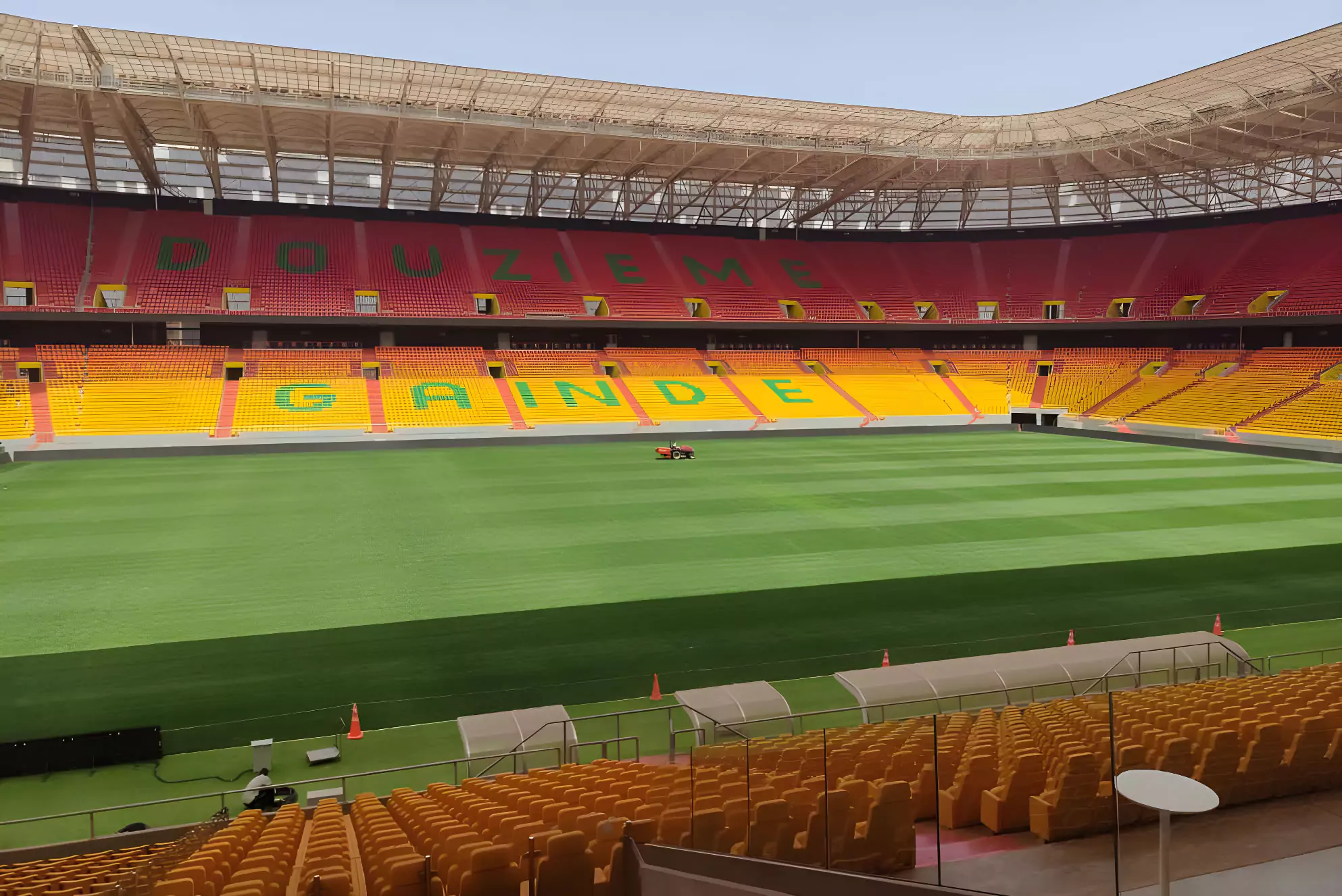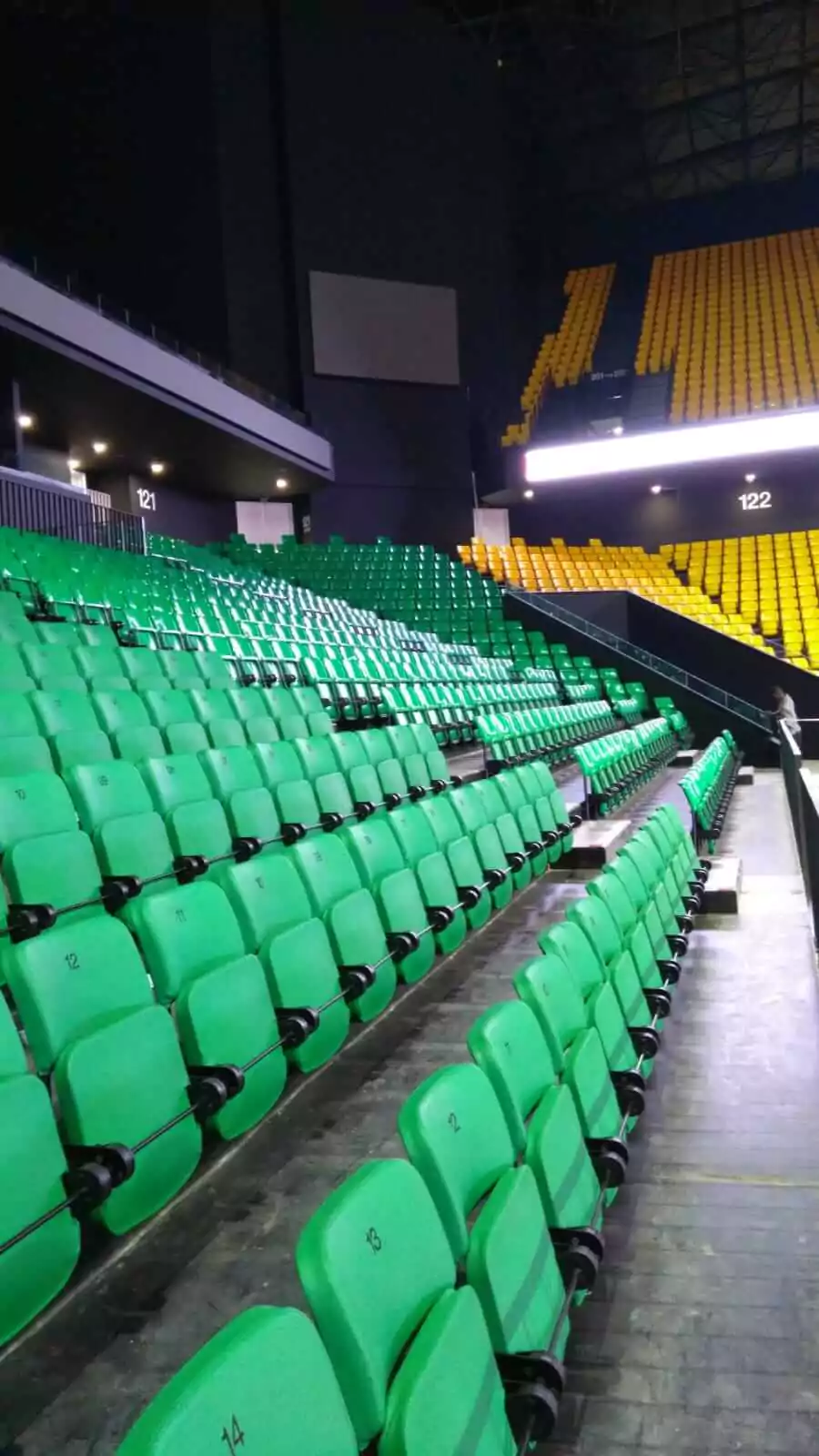European Stadium Seating: Modern Design, Durability, and Smart Engineering
Across Europe, the evolution of stadium seating systems reflects a fusion of aesthetic excellence, technical precision, and environmental responsibility. As sports and entertainment venues compete to deliver world-class fan experiences, seating design has become one of the most strategic investments in modern infrastructure. From iconic football arenas to cultural event halls, European stadium seating now symbolizes the perfect blend of innovation, comfort, and long-term performance.

The Essence of European Seating Excellence
European stadium design has always prioritized functionality, but recent years have seen a shift toward a more human-centered and sustainable approach. Today’s stadium seating solutions are built to deliver:
Ergonomic comfort for long matches and performances.
Durability and weather resistance for varied European climates.
Compliance with international standards (UEFA, FIFA, ISO, EN).
Customizability that enhances club identity and brand aesthetics.
By balancing precision engineering with artistic design, European seating manufacturers ensure that every spectator enjoys a premium experience — whether in a football stadium, tennis arena, or concert venue.
Sustainability as a Design Standard
With the European Green Deal setting ambitious environmental goals, sustainability has become a cornerstone of modern stadium projects. Leading seating producers are now integrating:
Recyclable materials like polypropylene and aluminum.
Low-emission manufacturing processes.
Eco-certified supply chains to minimize environmental impact.
Refurbishment and reuse programs that extend seat lifespan.
This commitment ensures that every installation not only meets comfort and safety standards but also contributes to a greener and more responsible sports industry.
Modular and Smart Seating Solutions
Modern European arenas demand flexibility. Stadiums today host football, rugby, concerts, and even e-sports events within the same space — requiring seating systems that can adapt quickly.
Innovative seating models now include:
Modular systems for rapid installation and reconfiguration.
Folding and telescopic options for multi-use spaces.
Smart seating with integrated connectivity and crowd analytics.
VIP zones featuring luxurious finishes and enhanced comfort.
This flexibility helps operators maximize both space efficiency and revenue potential.
The Price-Performance Equation
European stadium projects often balance public funding with private investment. As a result, choosing seating systems that deliver long-term value and low maintenance costs is essential. The most successful seating solutions combine:
Robust materials resistant to heavy use and weather conditions.
Ease of cleaning and maintenance to reduce operational costs.
Scalable production for stadiums ranging from 5,000 to 80,000+ capacity.
This balance of cost efficiency and superior quality keeps European venues among the best in the world.
Preparing for the Next Era of Stadium Seating
With upcoming mega-events such as UEFA Euro 2028 and the continued modernization of European infrastructure, the next generation of stadium seating will feature:
AI-enhanced maintenance systems for predictive care.
Inclusive design ensuring accessibility for all spectators.
Hybrid comfort models that merge high capacity with VIP-grade seating.
Sustainable materials supporting circular economy principles.
The future of stadium seating in Europe lies in intelligent, adaptive, and environmentally conscious design.

Europe’s stadium seating industry represents the perfect intersection of innovation, sustainability, and design integrity. By combining advanced engineering with fan-focused comfort, modern European seating systems set the global benchmark for quality and reliability.
As clubs and municipalities continue to invest in their venues, stadium seating will remain a defining factor in shaping not only the look and feel of arenas, but also the overall fan experience for decades to come.


